#rhodobryum ontariense
Explore tagged Tumblr posts
Photo


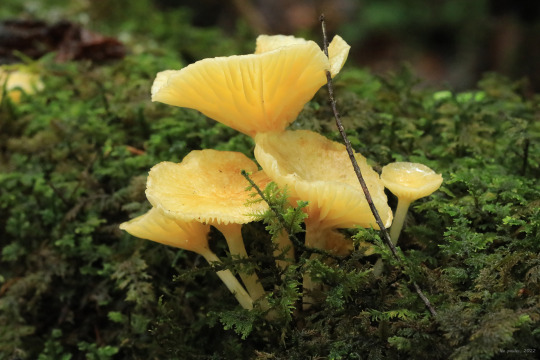
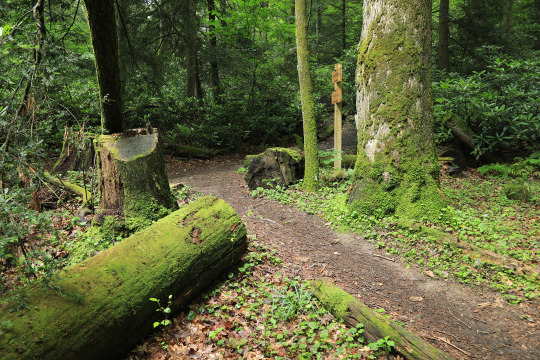

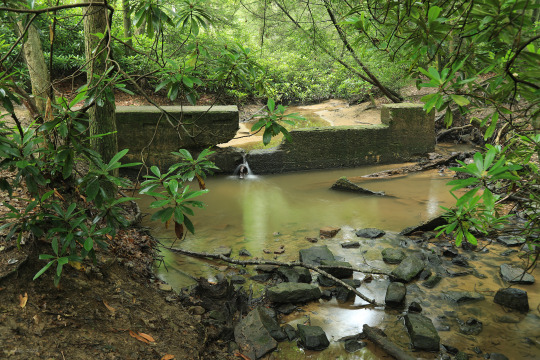

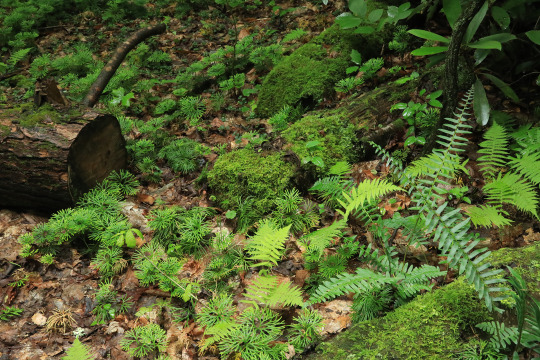


Tibbs Run Preserve, Panel 1 of 3. Beneath the moist dripping vaults of the primeval green cathedral gather the true believers: moss, fungi, and ferns. The old hemlock forest ministers silently, relentlessly to its devoted congregation, heathens and pagans all, and adorns the ruins of its trespassers in moss and rhododendron. None but nature shall endure.
#appalachia#vandalia#west virginia#summer#heat#moisture#green#fungi#ferns#clubmoss#rhodobryum ontariense#rose moss#diphasiastrum digitatum#fan clubmoss#artomyces pyxidatus#crown-tipped coral#laetiporus sulphureus#sulphur shelf#chicken-of-the-woods#tsuga canadensis#eastern hemlock#tibbs run preserve
128 notes
·
View notes
Photo
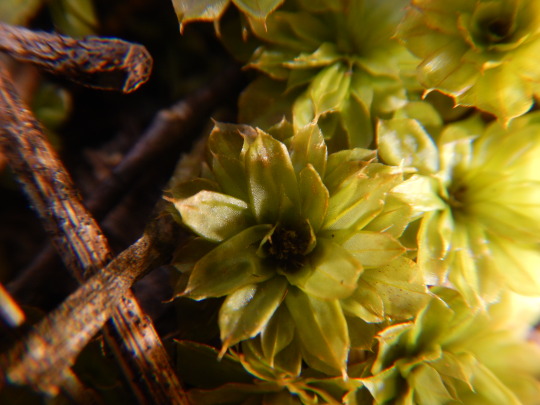

Rhodobryum ontariense
Rhodobryum roseum which is less polygonal with it’s microphylls tends to have a heavily Eurasian distribution however, it is found making spreading matts with space between individuals in refugium in the United States where temperate rainforest and insulating effects keep them in a cooler microclimate enough to survive. Commonly out of refugium we see them in Canada and Northern USA, as it is a circumboreal species, refugia are disconnected so disjunction separates them from a truly circum-temperate range from what I understand. The polygonal microphylls of the Ontario rose moss species are noticeable often enough and if that doesn’t give them away, these form dense colonies that are ground cover like, rich mesic woods and along karst ravines you may see a large matt and will probably be able to single it down to R. ontariense. The first photo on the left is a flash photo so you can zoom in and see the details of the leaf where the margins can be seen more angular, the left photo, less detailed shows natural color since it’s natural light.
30 notes
·
View notes
Photo
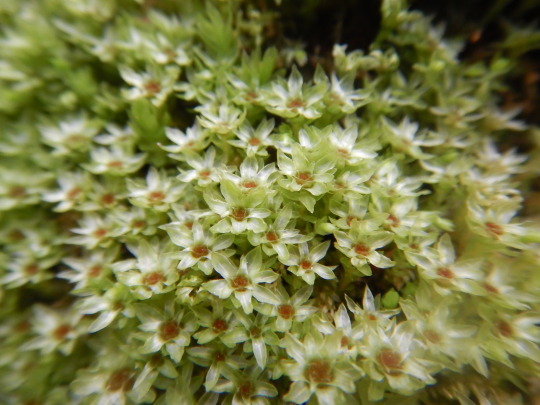

ohhh yeah small Rhodobryum time also special guest in this photo is a cool little liverwort that grows on sandstone called Bazzania trilobata,
Im pretty sure this might be the dwarf Ontario rose moss
Rhodobryum ontariense var. minor
Coastal forest associations to extremely old earth, some sections of the ILP and some sections of Appalachia (all old geologically) still have some R. roseum left in refugium since initial continental breakups. R. roseum, while rare in the states is fairly common in Europe. The vast majority of Rhodobryum spp. in the USA happen to be R. ontariense. While this is true, variants make this species still a diverse moss species morphological. Above is var. minor.
While this:
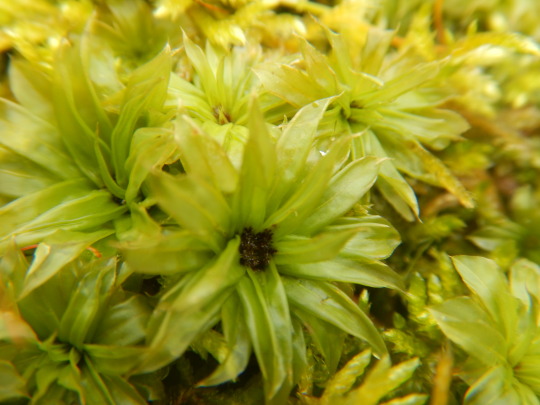
Versailles SP
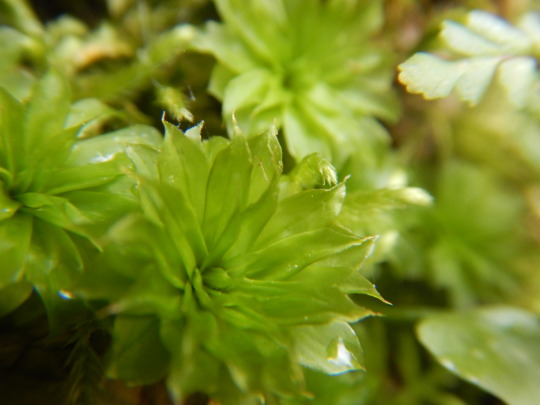
Clifton Gorge SNP
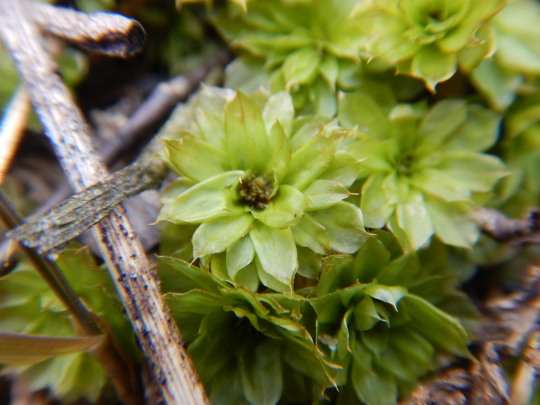
Adam’s Co.

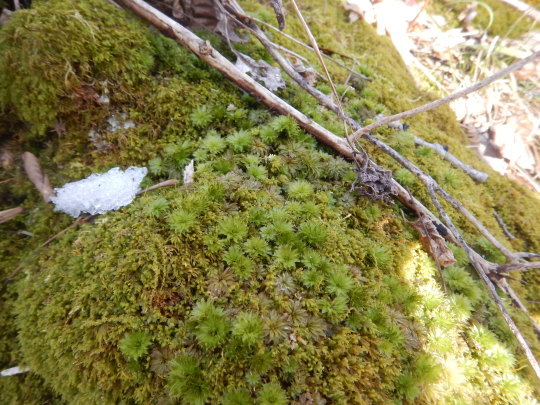
Clifty Falls,SP
Is a normal R. ontariense. pay attention to that mid vein because it’s critical.
not the leaf curl, to identifying a species! While amount of reflex and microphyll angle toward tip taper is considered a viable identifier that midvein is a critical morphological character.
Taken from Illinois flora post’s comments and foot notes:
Crum & Anderson (1981), the outer leaf margins of Rhodobryum ontariense form a more obtuse angle than those of Rhodobryum roseum (90-120° vs. 65-100°), the lower and middle margins of its leaves are more recurved (rolled downward), and the midribs of its leaves always extend to the leaf tips, rather than falling slightly short of them. In addition, the mature pseudo-rosettes of Rhodobryum ontariense have 18-52 leaves, while those of Rhodobryum roseum have 16-21 leaves.
#rhodobryum#rhodobryum ontariense#rhodobryum ontariense var. minor#moss#bryophytes#botany#ohio#kentucky#indiana#bazzania#bazzania trilobata#mosscore
10 notes
·
View notes
Photo
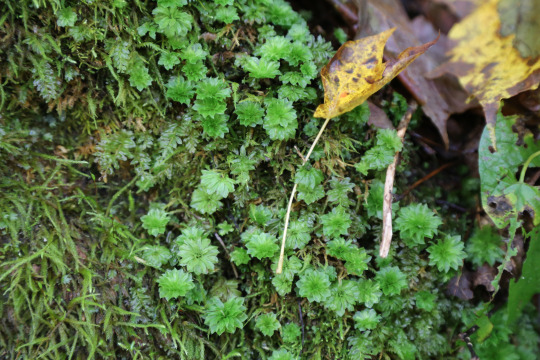
A beautiful and uncommon rose moss (Rhodobryum ontariense) creeps over a wet tree stump nears the Falls of Hills Creek in the Monongahela National Forest.
#appalachia#vandalia#west virginia#moss#rose moss#rhodobryum#falls of hills creek#monongahela national forest
104 notes
·
View notes